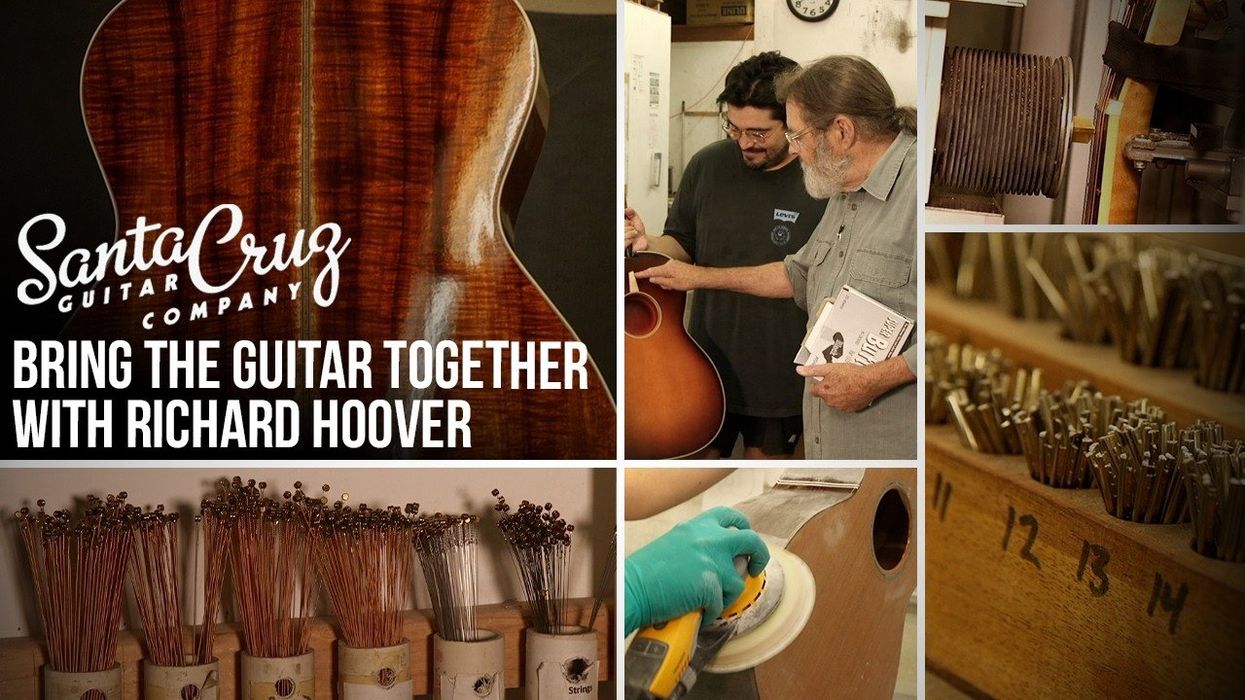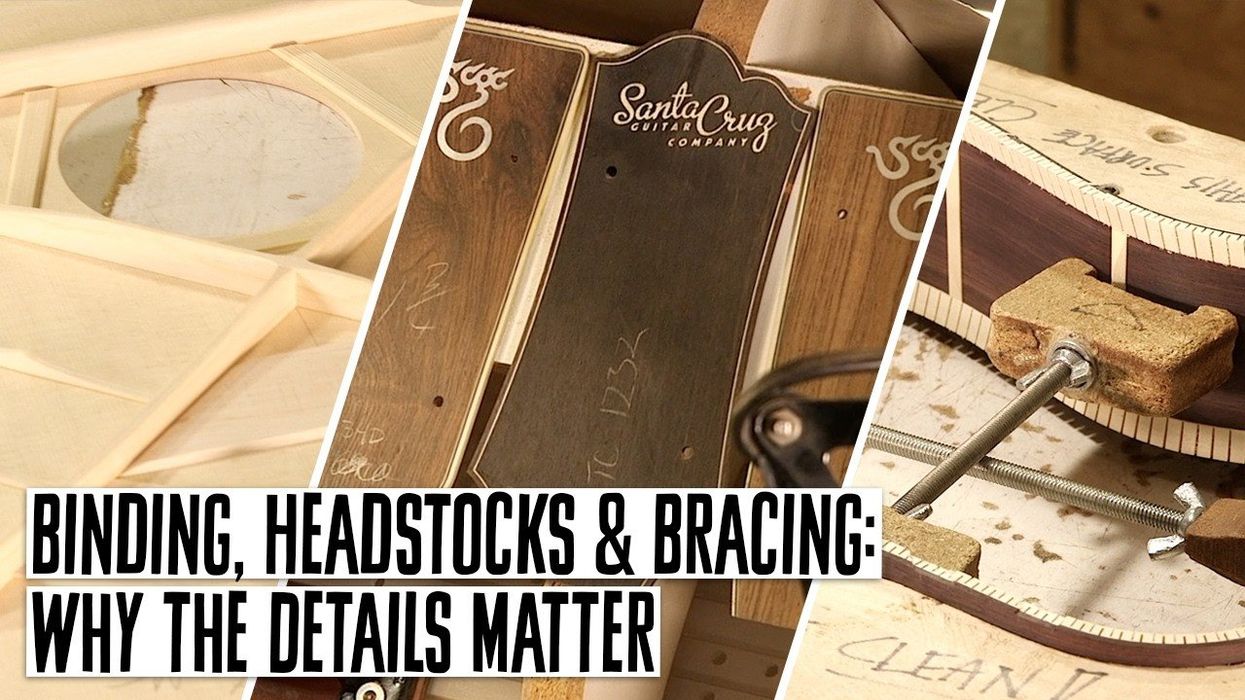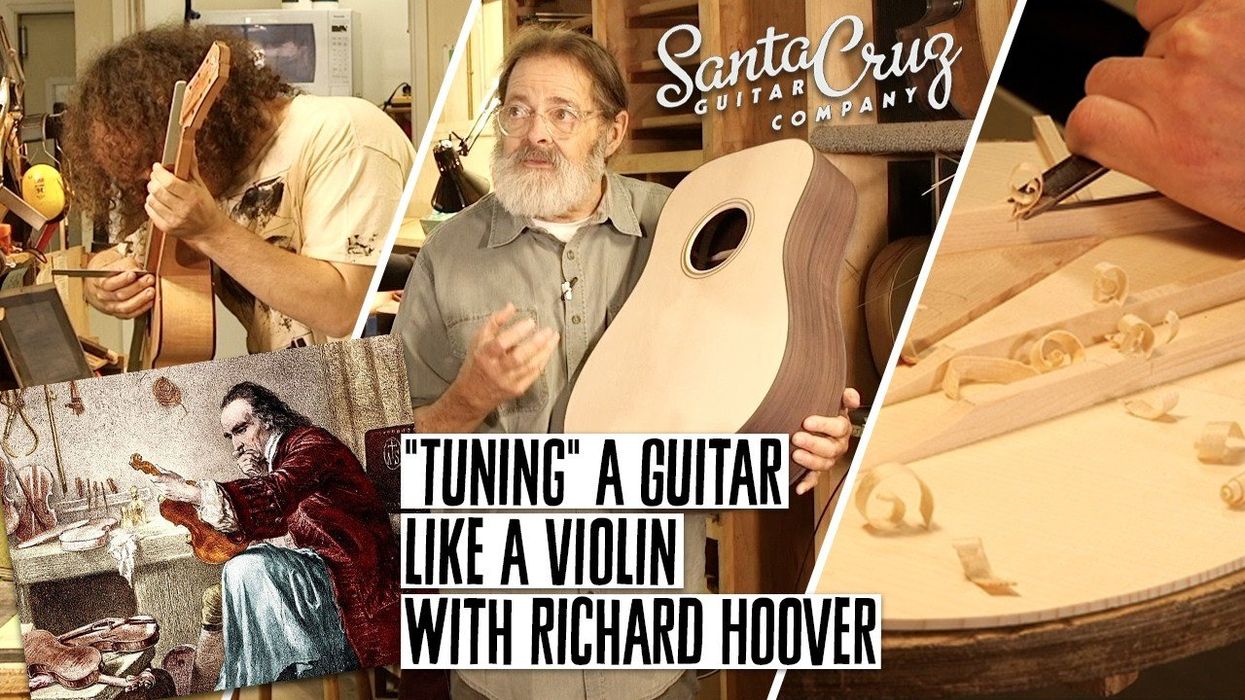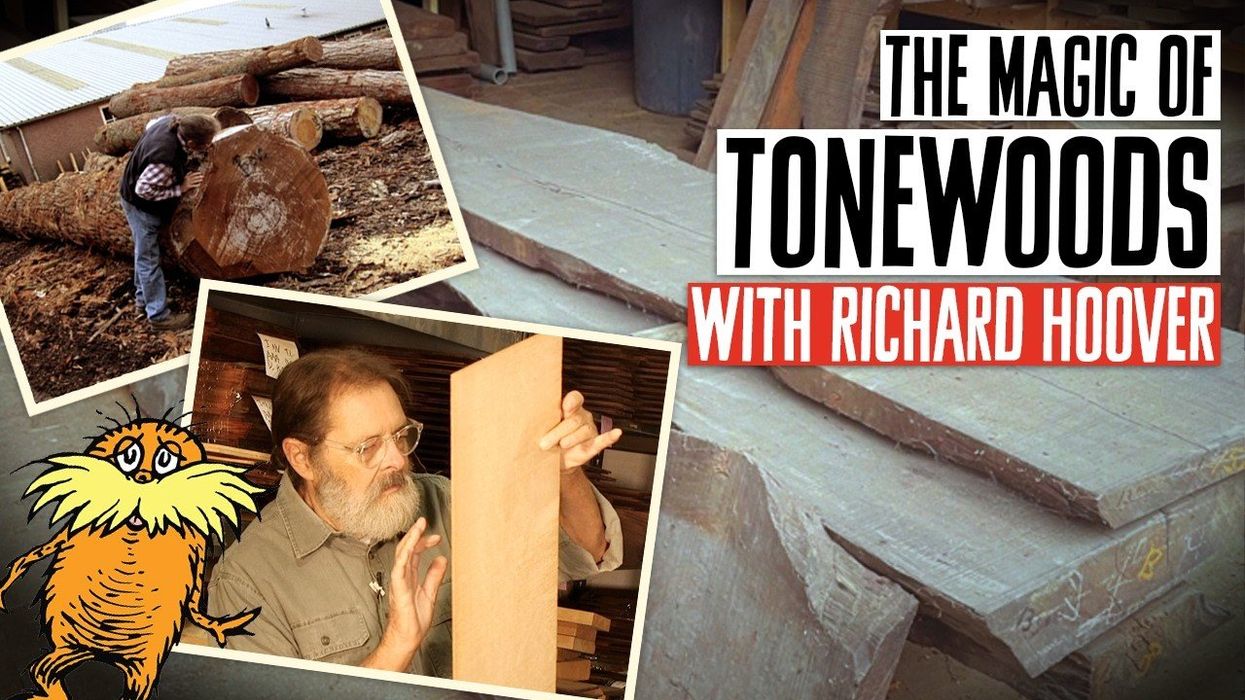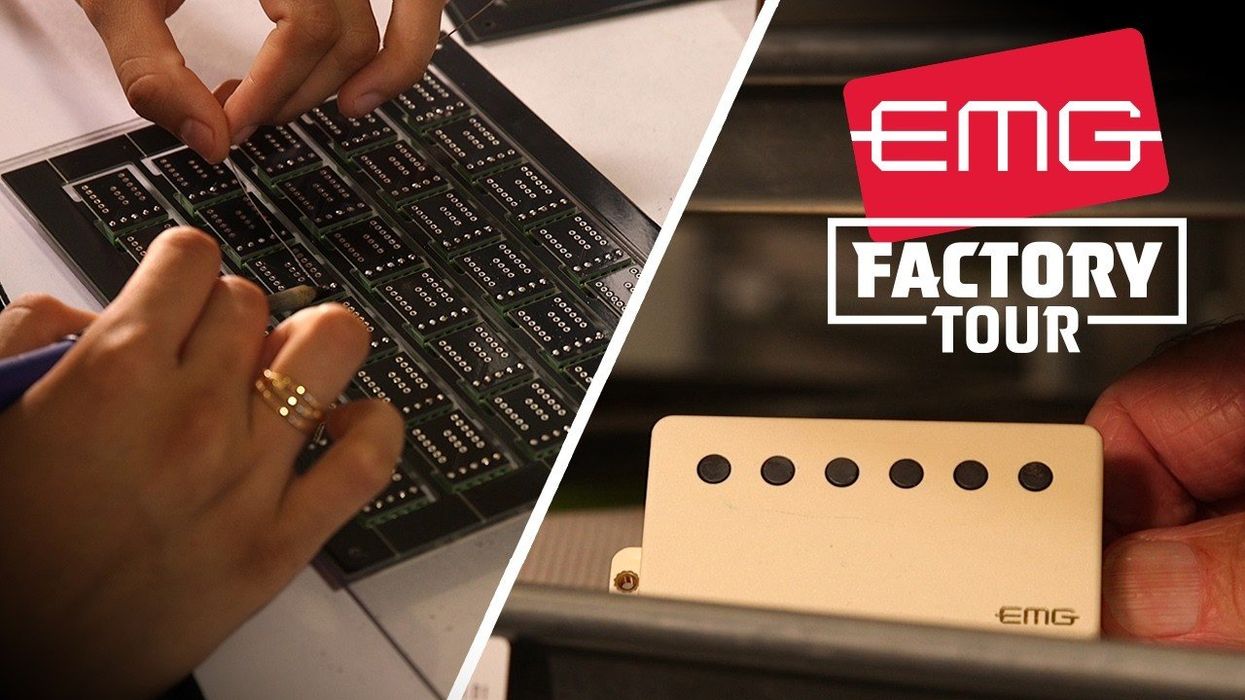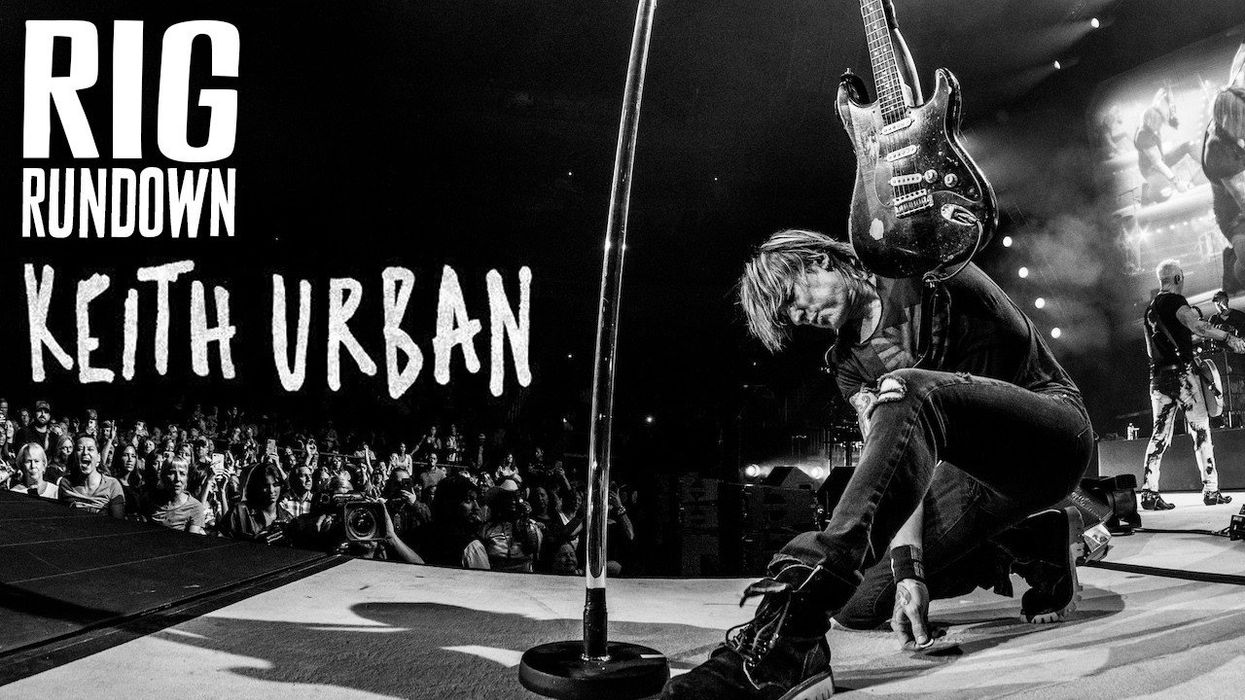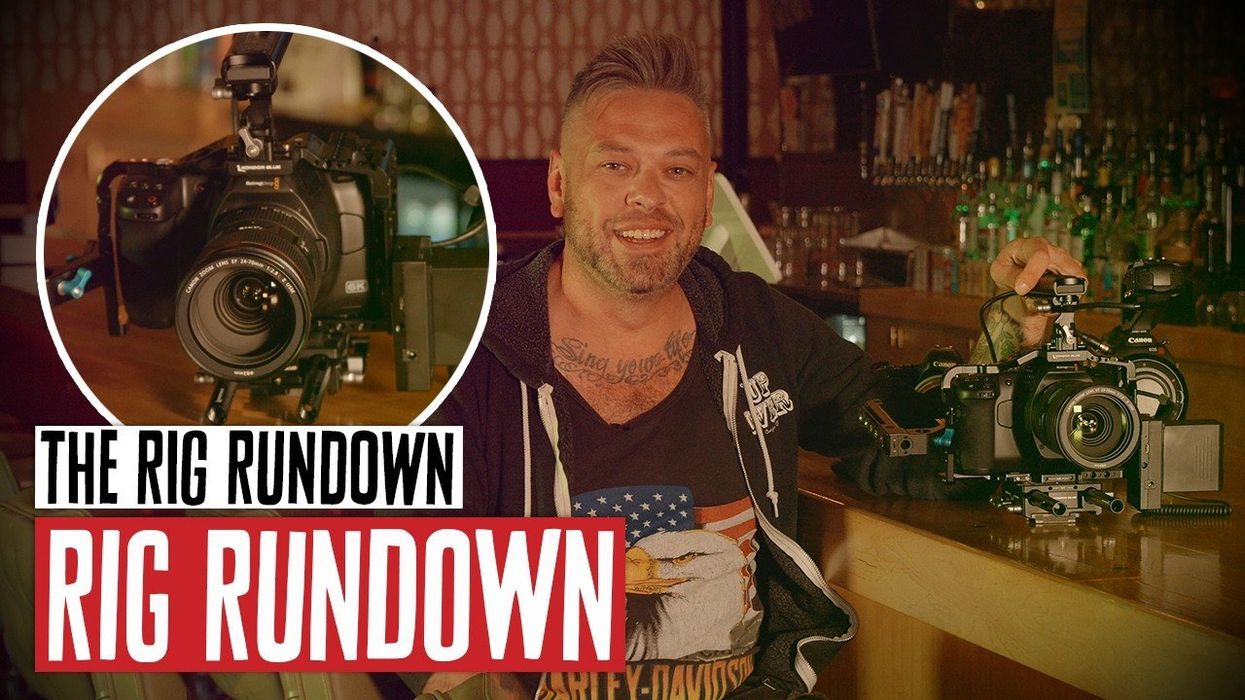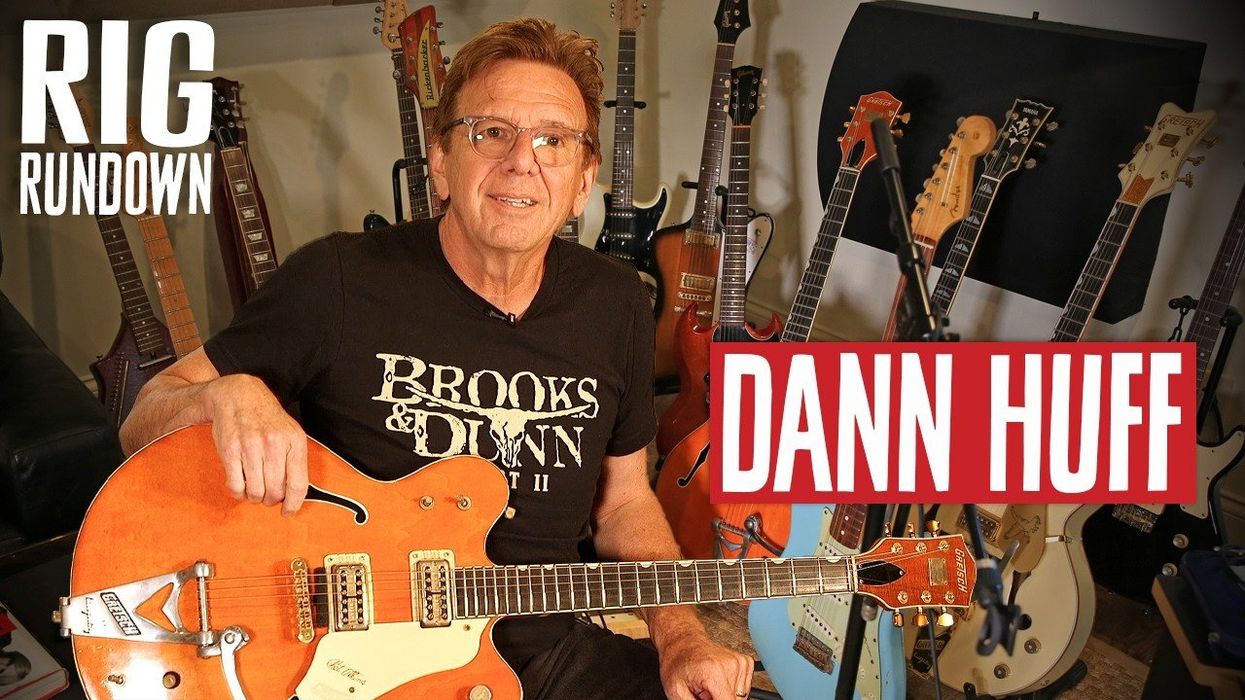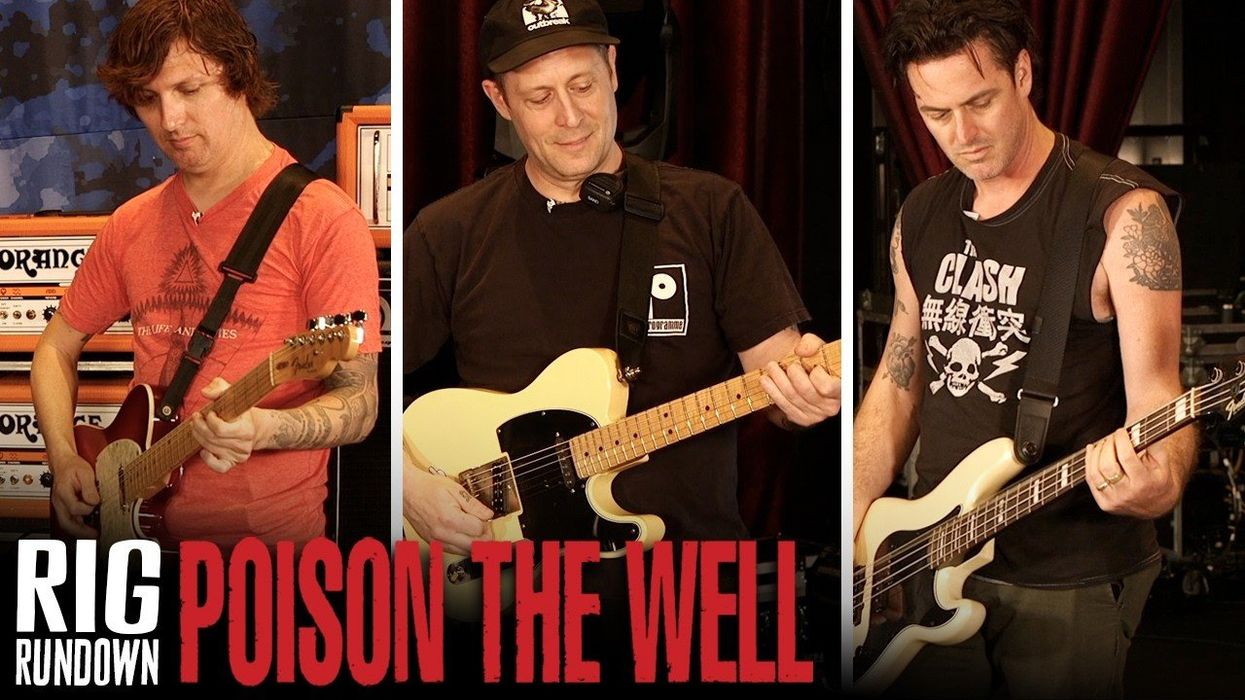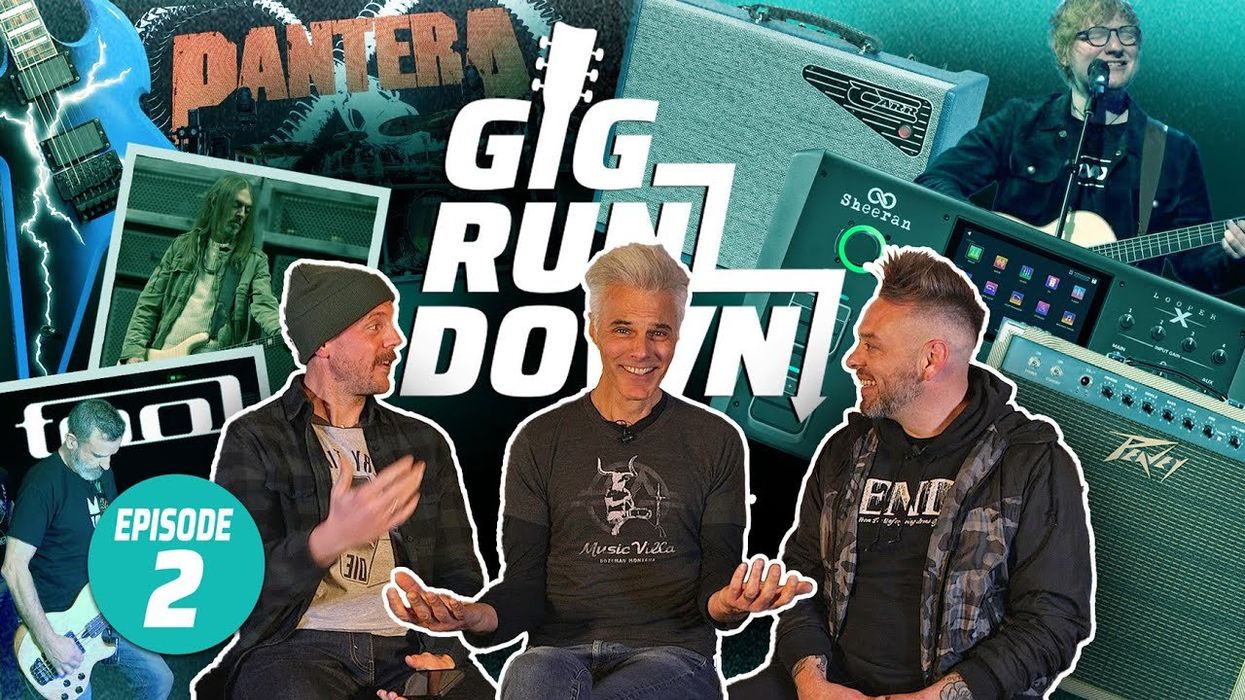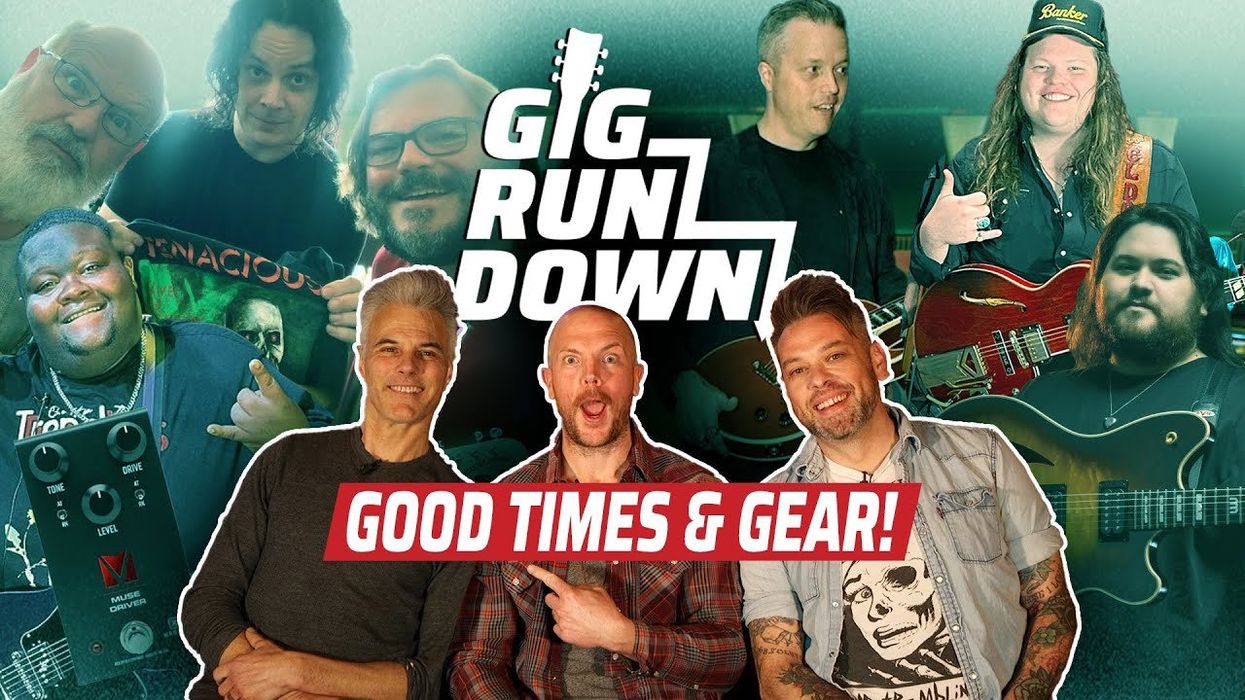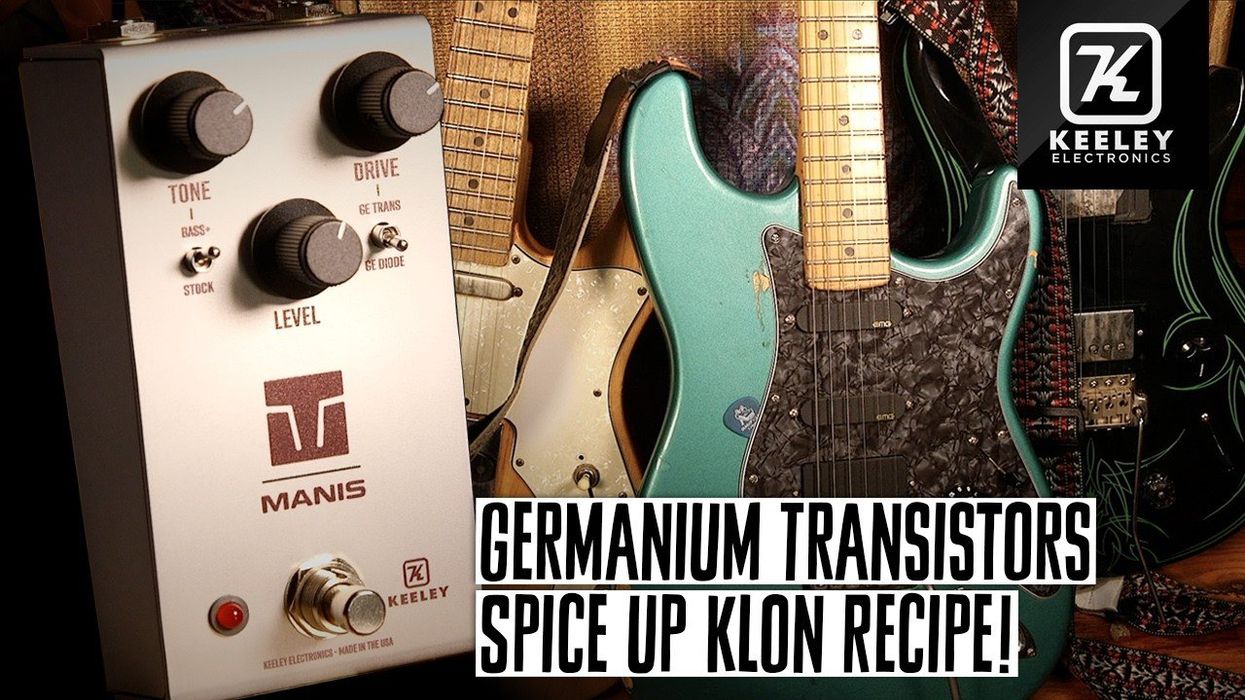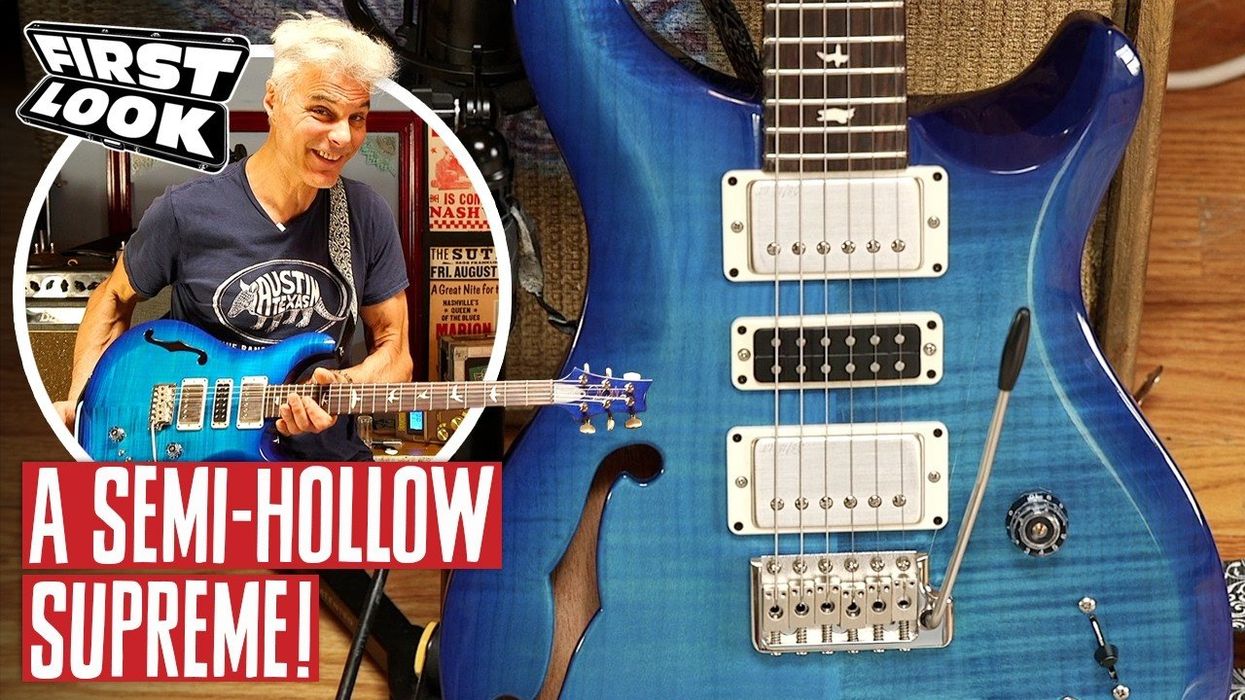- YouTube
Factory Tours
Glaser Instruments Tour: Music City Bridge, Groove Master Tele Saddles, and More
By John BohlingerMar 18, 2025
John Bohlinger
John Bohlinger is a Nashville-based multi-instrumentalist best known for leading the band on NBC's Nashville Star, serving as music director for the CMT Awards and specials on PBS and GAC, and of course for his appearances in PG Rig Rundown, Review Demo, Axes & Artifacts, and What Bohlinger Plays videos.
Joe Glaser has been a pillar of Nashville's guitar community for decades. He's a man that dreams in mechanical terms often coming up ideas while deep in a REM cycle. Through his various companies he's designed, developed, and released a handful of "blue water" solutions to age-old instrument problems making the tolerable terrific. In this comprehensive visit to Glaser's home base, we get up close and personal with several of the products that enhance intonation and playability without disrupting the guitar's integrity.


